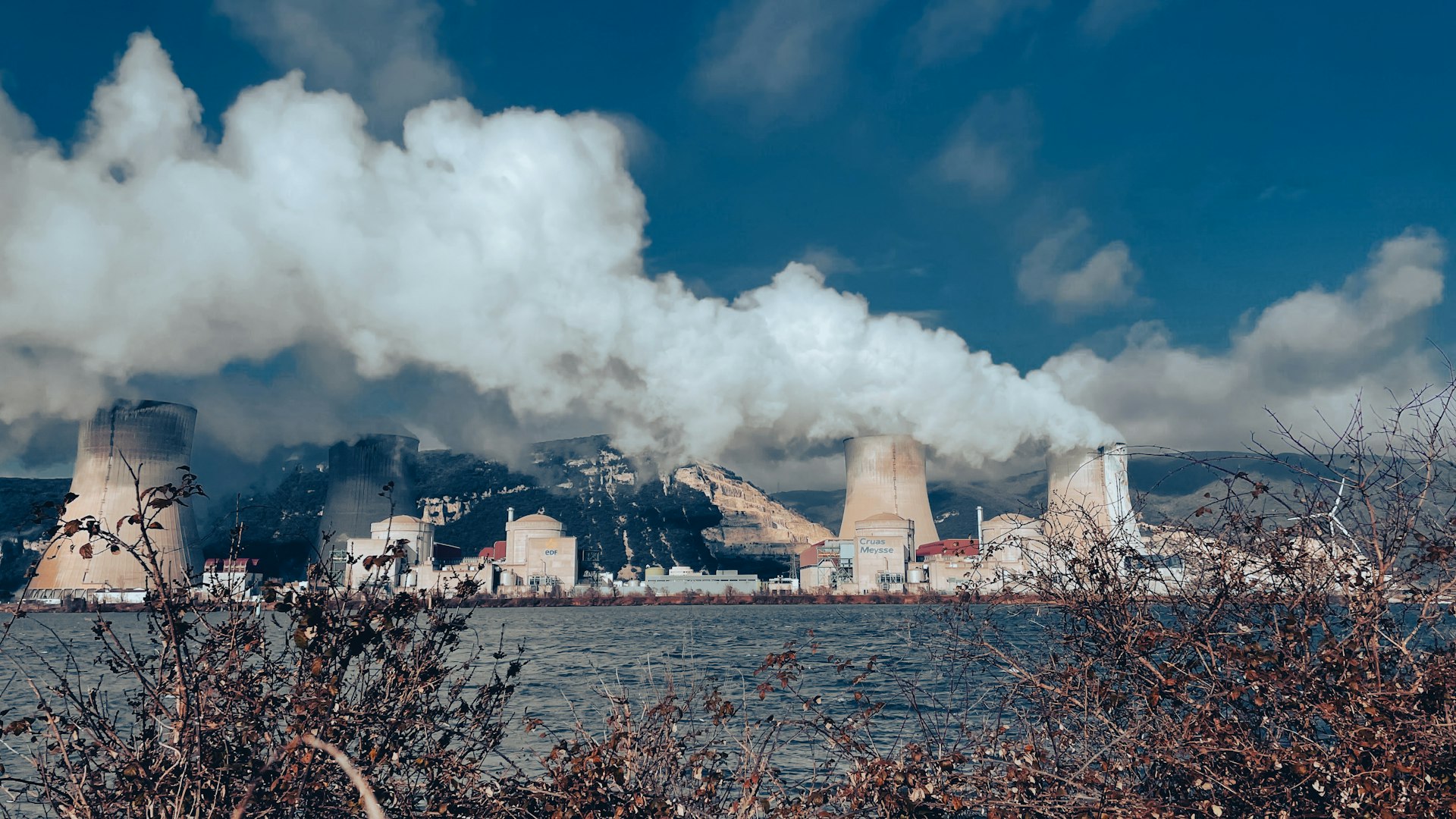The Essential Role of Coral Reefs in Sustaining Our Environment

Photo by Julia Lobkova on Unsplash
Introduction: The Value of Coral Reefs
Coral reefs are among the most productive and diverse ecosystems on Earth, yet they occupy less than 1% of the ocean floor. Despite their limited geographic range, these vibrant underwater structures provide essential services that impact the environment, coastal communities, global economies, and even medicine. Their importance is increasingly recognized as climate change threatens their very existence, with more than half of the world’s reefs already lost in recent decades [1] . Understanding what coral reefs do for the environment is critical for developing effective conservation strategies and inspiring sustainable action.
Biodiversity Hotspots: Supporting Marine Life
Coral reefs are often called the “rainforests of the sea” due to their extraordinary biodiversity. They provide habitat, breeding grounds, and shelter for at least 25% of all known marine species, including fish, mollusks, turtles, dolphins, and countless invertebrates [2] . For example, the Great Barrier Reef alone hosts over 400 coral species, 1,500 fish species, and six of the world’s seven sea turtle species.
Practical guidance: To explore coral reefs’ biodiversity, you can visit established marine protected areas or aquariums featuring reef ecosystems. Many conservation organizations offer citizen science opportunities, where you can participate in reef monitoring or restoration projects. Search for programs by terms like “coral reef volunteer opportunities” or “marine conservation citizen science.”

Photo by Francesco Ungaro on Unsplash
Challenges: Biodiversity loss from pollution, overfishing, and climate change threatens these habitats. Solutions include supporting sustainable fisheries, reducing plastic use, and advocating for stronger marine protection policies.
Coastal Protection: Natural Barriers Against Storms
Coral reefs act as natural breakwaters, absorbing up to 97% of wave energy and significantly reducing the impact of storms, cyclones, and tsunamis on coastal communities [3] . This barrier effect helps prevent loss of life, property damage, and coastal erosion. The ridges formed by coral reefs are especially vital for low-lying countries and island nations.
Implementation steps: Coastal planners and engineers can incorporate reef health assessments into disaster risk reduction strategies. If you live in a coastal region, consider engaging with local environmental groups that advocate for reef conservation or participate in beach clean-ups to maintain water quality.
Alternatives: In areas where reefs have degraded, artificial structures or restored oyster reefs may offer partial protection, but natural coral reefs remain the most effective and sustainable solution.
Economic and Social Benefits: Fisheries, Tourism, and Jobs
Globally, coral reefs are valued at trillions of dollars due to their contributions to fisheries, tourism, and coastal protection [5] . More than 500 million people depend on reefs for food, livelihoods, and coastal defense [2] . Reefs support commercial and subsistence fisheries, particularly in developing countries and remote island communities.
For local economies, reefs attract millions of tourists each year, driving revenue for hotels, restaurants, dive shops, and guided tours. Sustainable tourism practices, such as eco-friendly diving and snorkeling tours, help preserve reef health while generating income.
How to access benefits: If you work in tourism or fisheries, seek out training and certification in sustainable reef management or responsible fishing practices. Many international organizations offer online courses and workshops on marine resource stewardship.
Potential challenges: Over-tourism and unsustainable fishing can degrade reef ecosystems. Solutions include implementing visitor quotas, enforcing fishing regulations, and promoting alternative livelihoods such as aquaculture or coral farming.
Climate Regulation and Carbon Sequestration
Coral reefs support adjacent habitats like seagrass meadows and mangroves, which act as powerful carbon sinks, absorbing and storing carbon dioxide up to 50 times more efficiently than terrestrial forests [1] . This helps mitigate climate change impacts by reducing greenhouse gases in the atmosphere.
Practical steps: Support conservation initiatives focused on protecting interconnected ecosystems, such as mangrove restoration and seagrass planting. Many NGOs and local governments offer opportunities for public involvement-search for “blue carbon projects” or “community mangrove planting.”
Alternative approaches: Where direct involvement is not possible, donations to reputable conservation organizations or advocacy through social media can help raise awareness and funds for climate-focused reef initiatives.
Medical Discoveries: Unlocking Cures from the Reef
Organisms found in coral reef ecosystems have yielded promising compounds for treating asthma, arthritis, cancer, heart disease, and bacterial infections [3] . The full medicinal potential of reefs remains largely untapped, with ongoing research needed to discover new treatments.
How to get involved: Students and professionals interested in biomedical research can pursue studies in marine biology, pharmacology, or environmental science and seek internships with academic institutions or pharmaceutical companies conducting reef-based drug discovery.
Challenges: Loss of reef biodiversity may eliminate unknown species with medicinal value. Support research funding and conservation to preserve these genetic resources for future generations.
Water Quality and Oxygen Production
Coral reefs improve water quality through the action of filter feeders such as sponges, which remove toxins and contaminants from the ocean [3] . Additionally, the plants and algae associated with reefs absorb carbon dioxide and release oxygen, supporting both marine and terrestrial life.
Practical application: Community groups can organize water monitoring programs and advocate for stricter pollution controls to maintain reef health. If interested, search for “marine water quality monitoring volunteer” or “citizen science water testing.”
Actionable Steps to Protect and Benefit from Coral Reefs
Coral reefs face numerous threats, but individuals, businesses, and governments can take steps to protect and restore these ecosystems. Here’s how you can help:
- Support reef-friendly businesses: Choose tour operators and restaurants that follow sustainable practices and avoid products harmful to reefs.
- Reduce carbon footprint: Lower energy use and support renewable energy initiatives to reduce climate change impacts on reefs.
- Participate in conservation: Join local clean-ups, citizen science projects, or donate to established marine conservation organizations.
- Advocate for policy change: Contact local, state, or national representatives to support policies protecting reef ecosystems and funding restoration efforts.
For more information or to get involved, visit trusted organizations such as the Great Barrier Reef Foundation and explore resources provided by the NOAA National Ocean Service .
Conclusion: Safeguarding Our Blue Planet
Coral reefs are vital to the environment, providing habitat, food, coastal protection, economic benefits, climate regulation, and advances in medicine. Their loss would have catastrophic consequences for marine life and human society. By understanding their value and taking practical steps, we can help preserve these extraordinary ecosystems for future generations.
References
- [1] Great Barrier Reef Foundation (2024). Why we need coral reefs.
- [2] Natural History Museum (2023). Why are coral reefs important?
- [3] NOAA National Ocean Service (2024). Why are coral reefs important?
- [4] ICRI (2022). Benefits of coral reefs.
- [5] World Economic Forum (2025). Why coral reefs represent the ultimate climate investment.
MORE FROM promohunterpro.com













